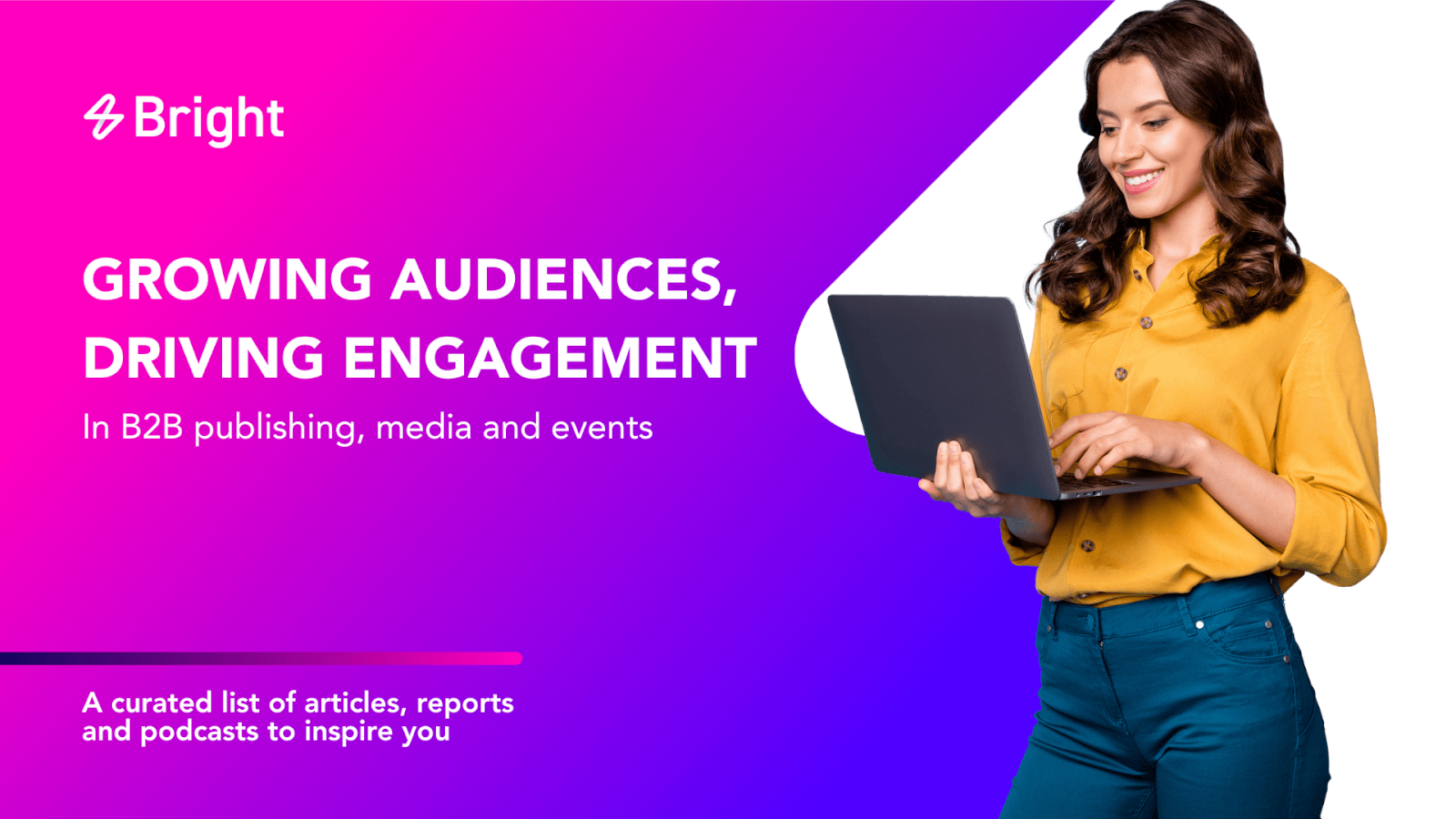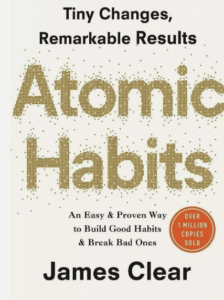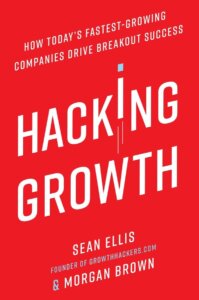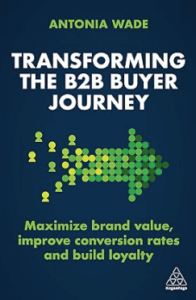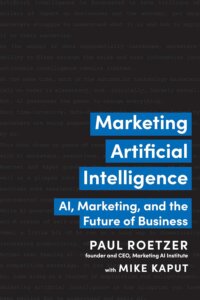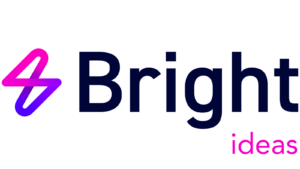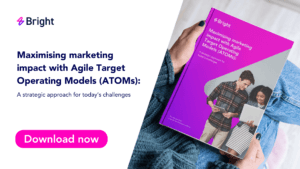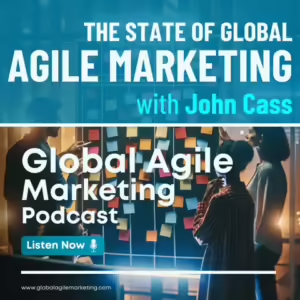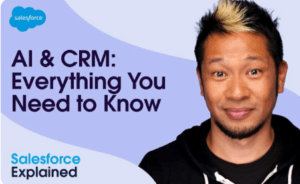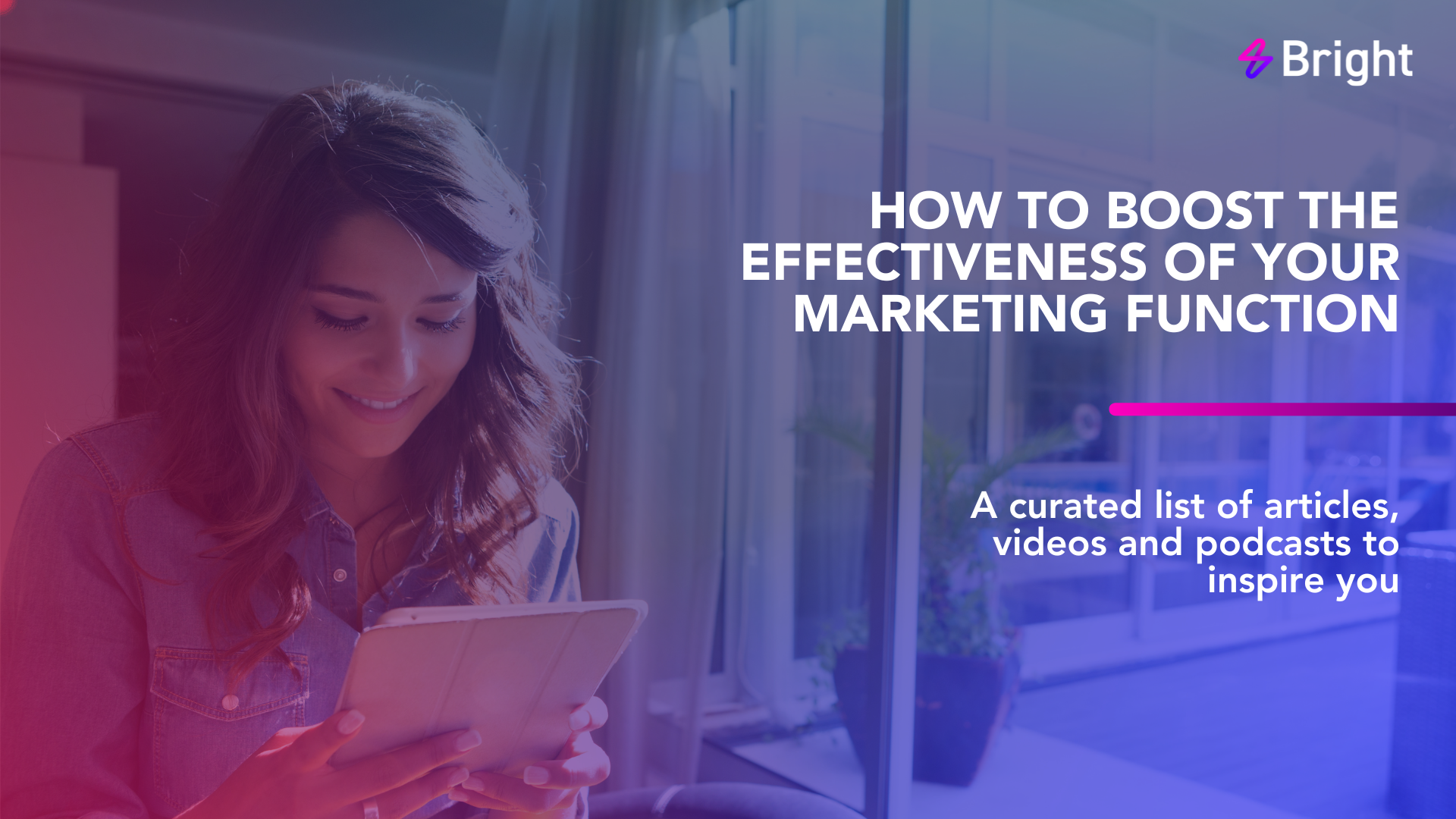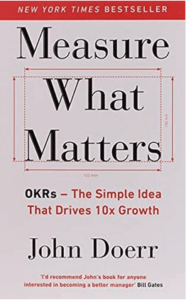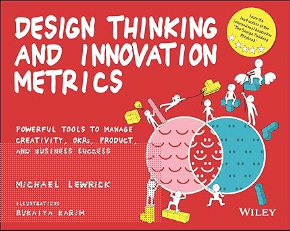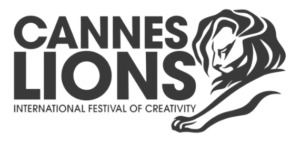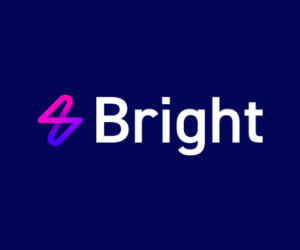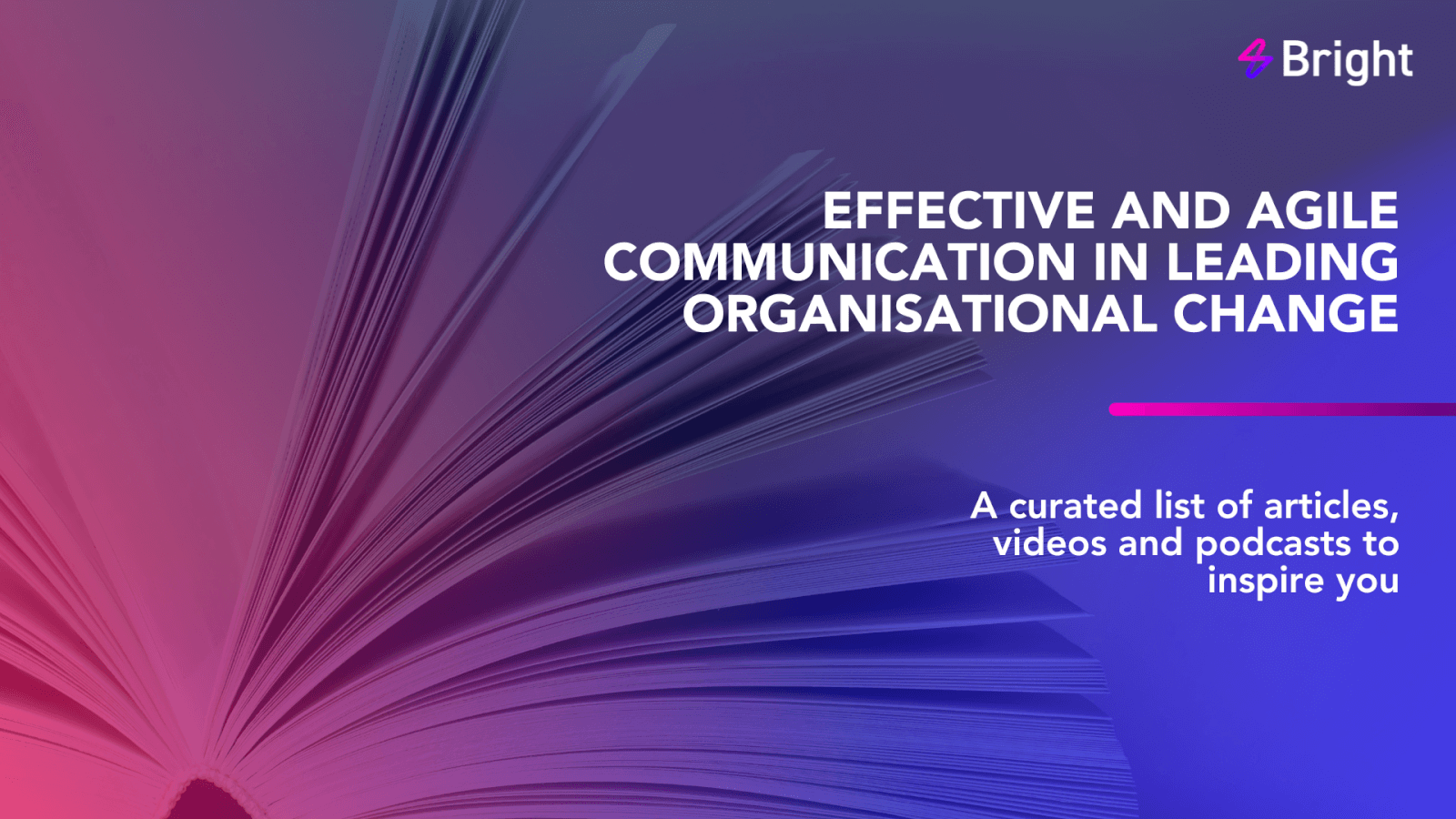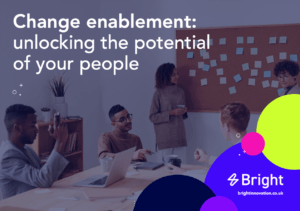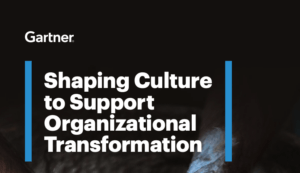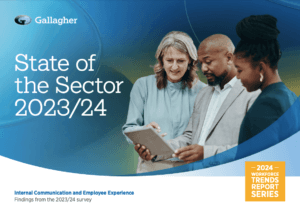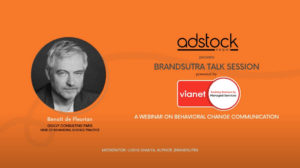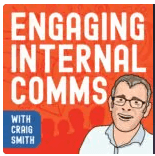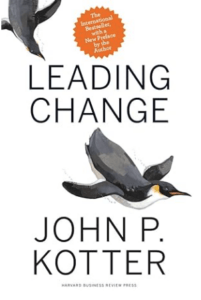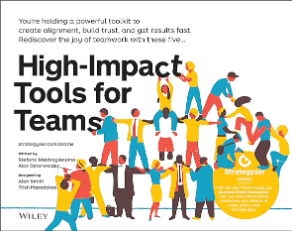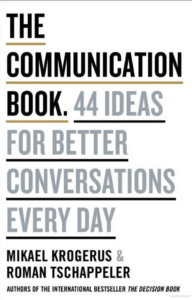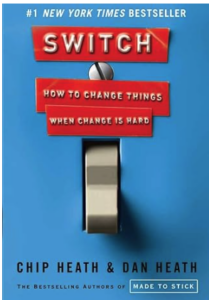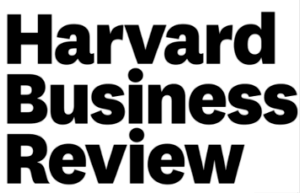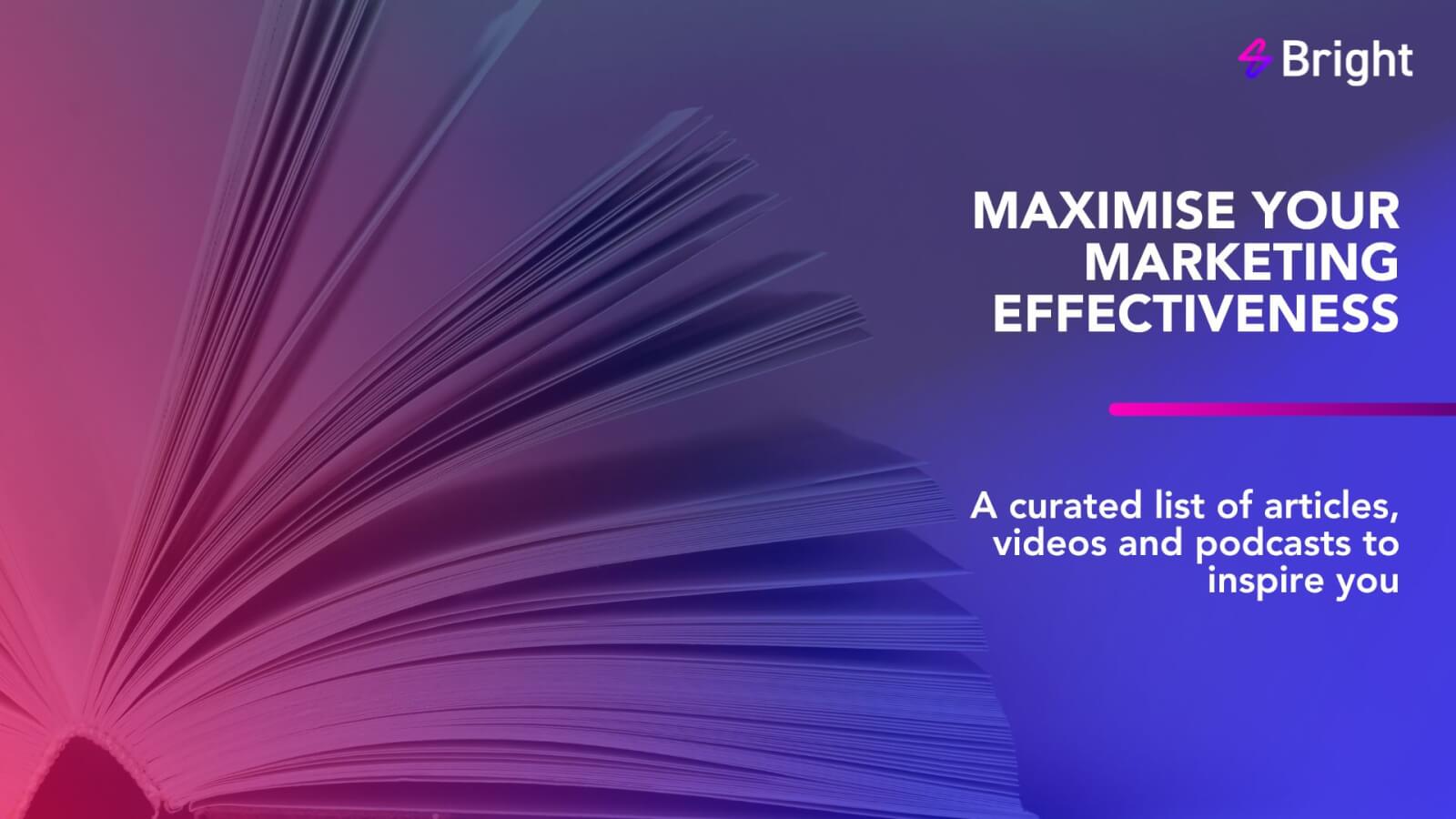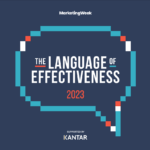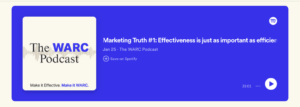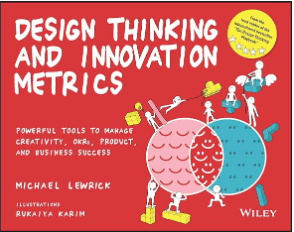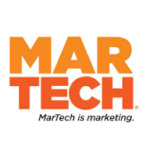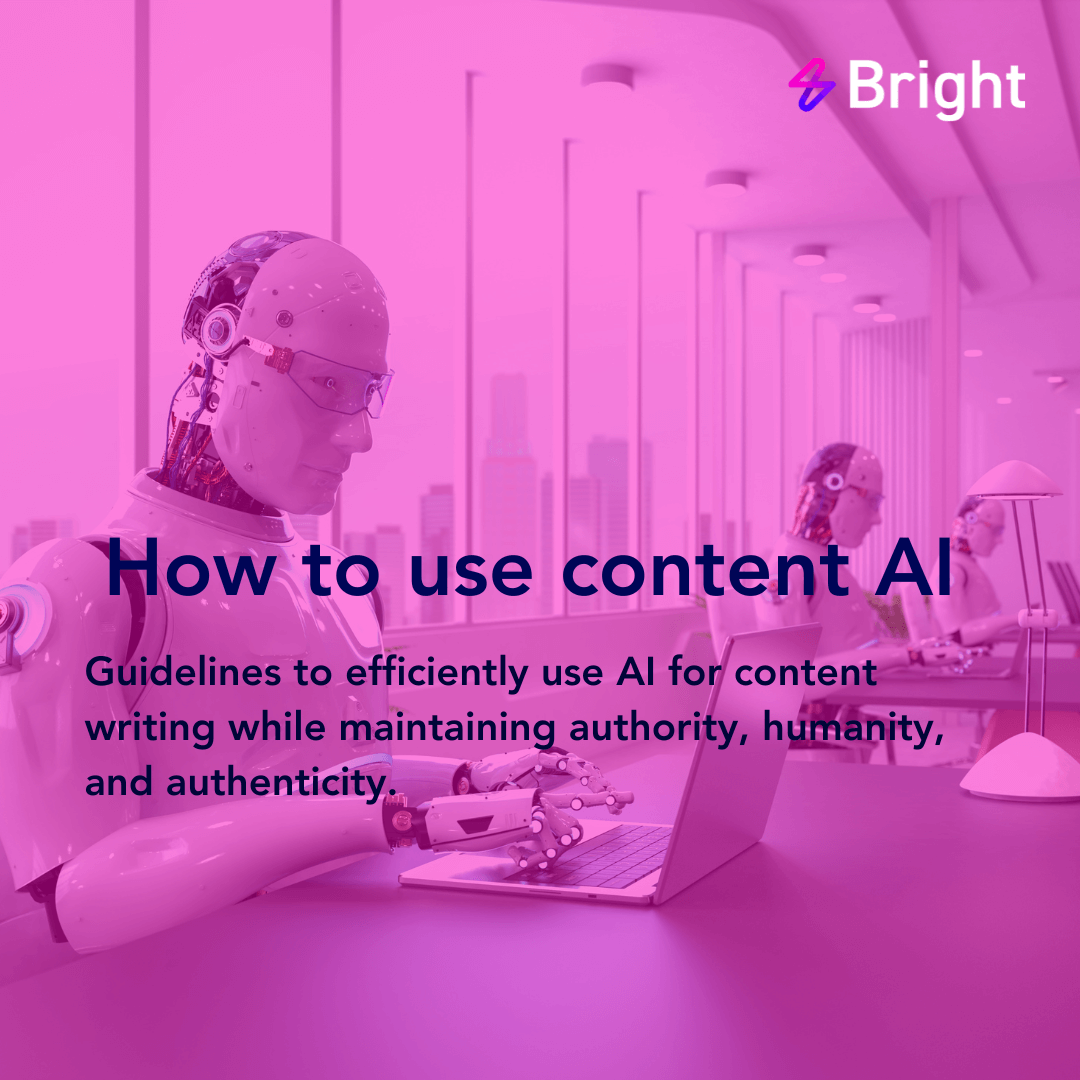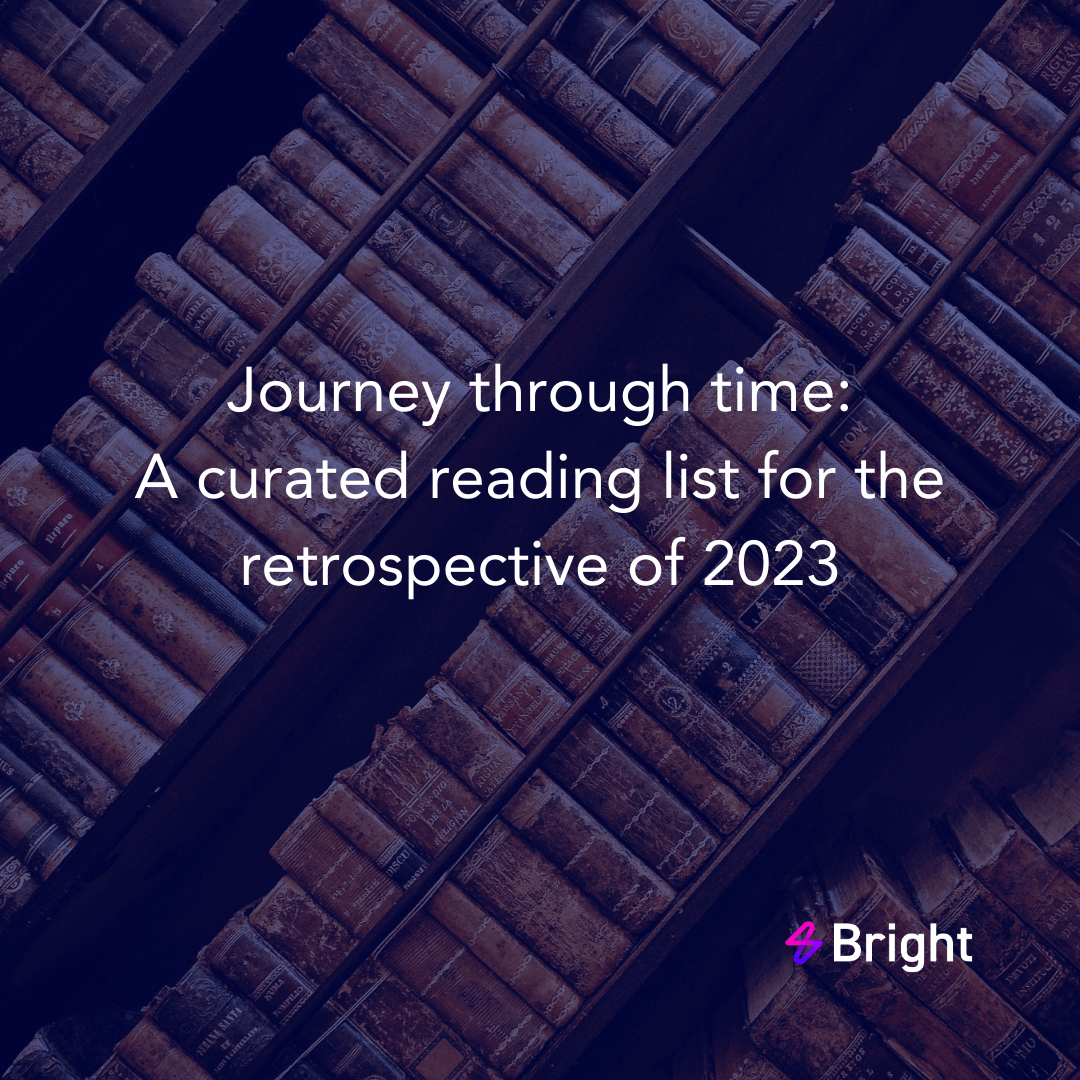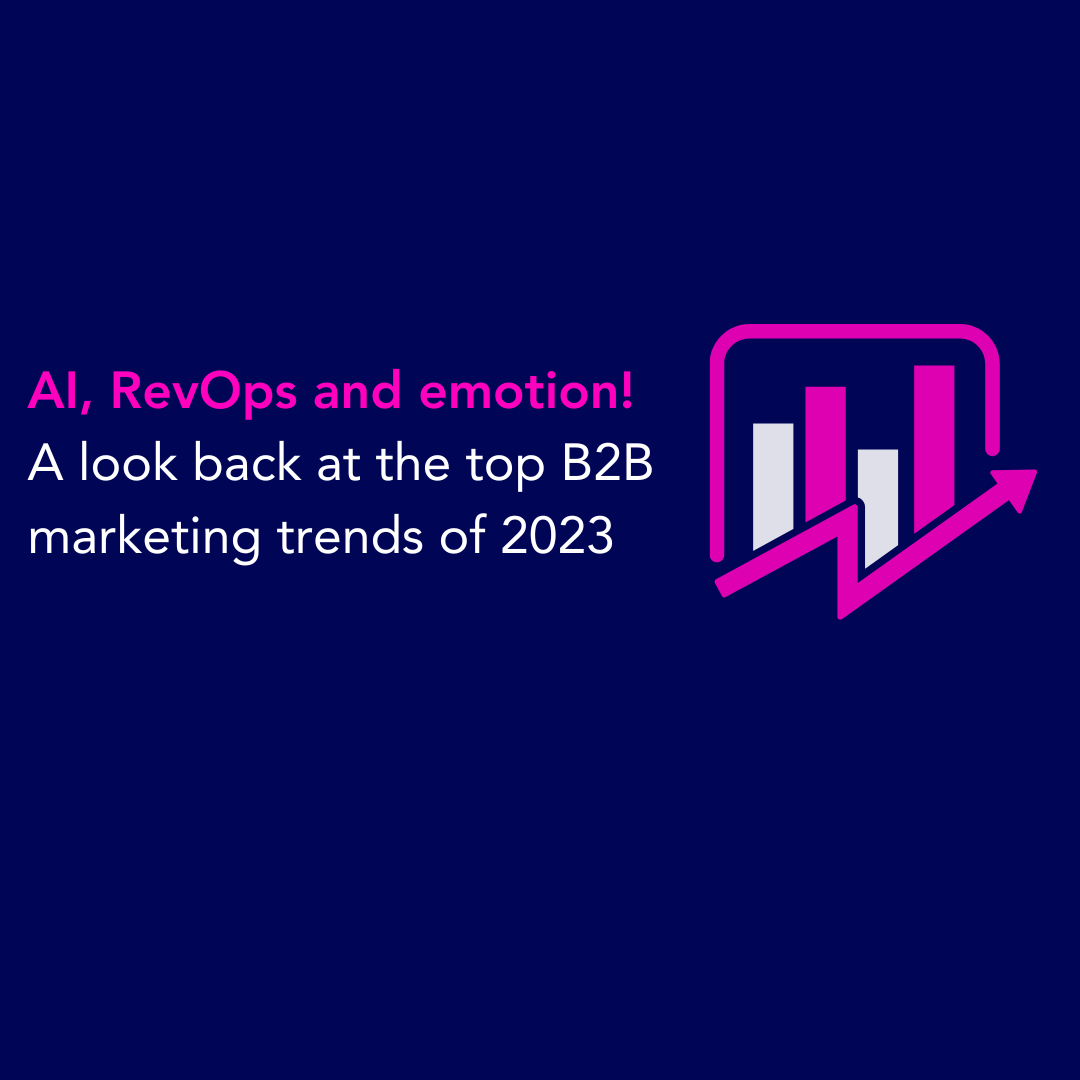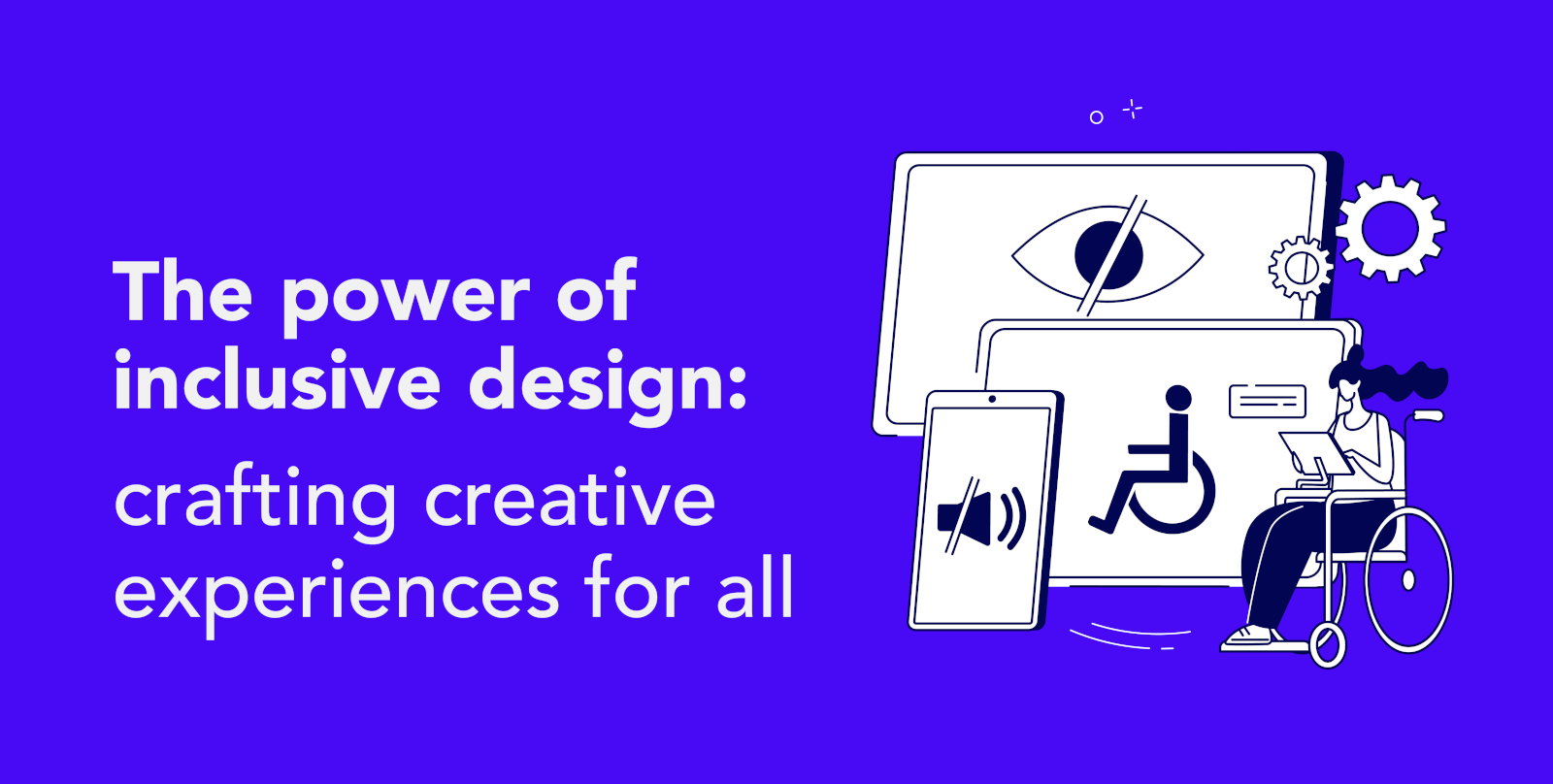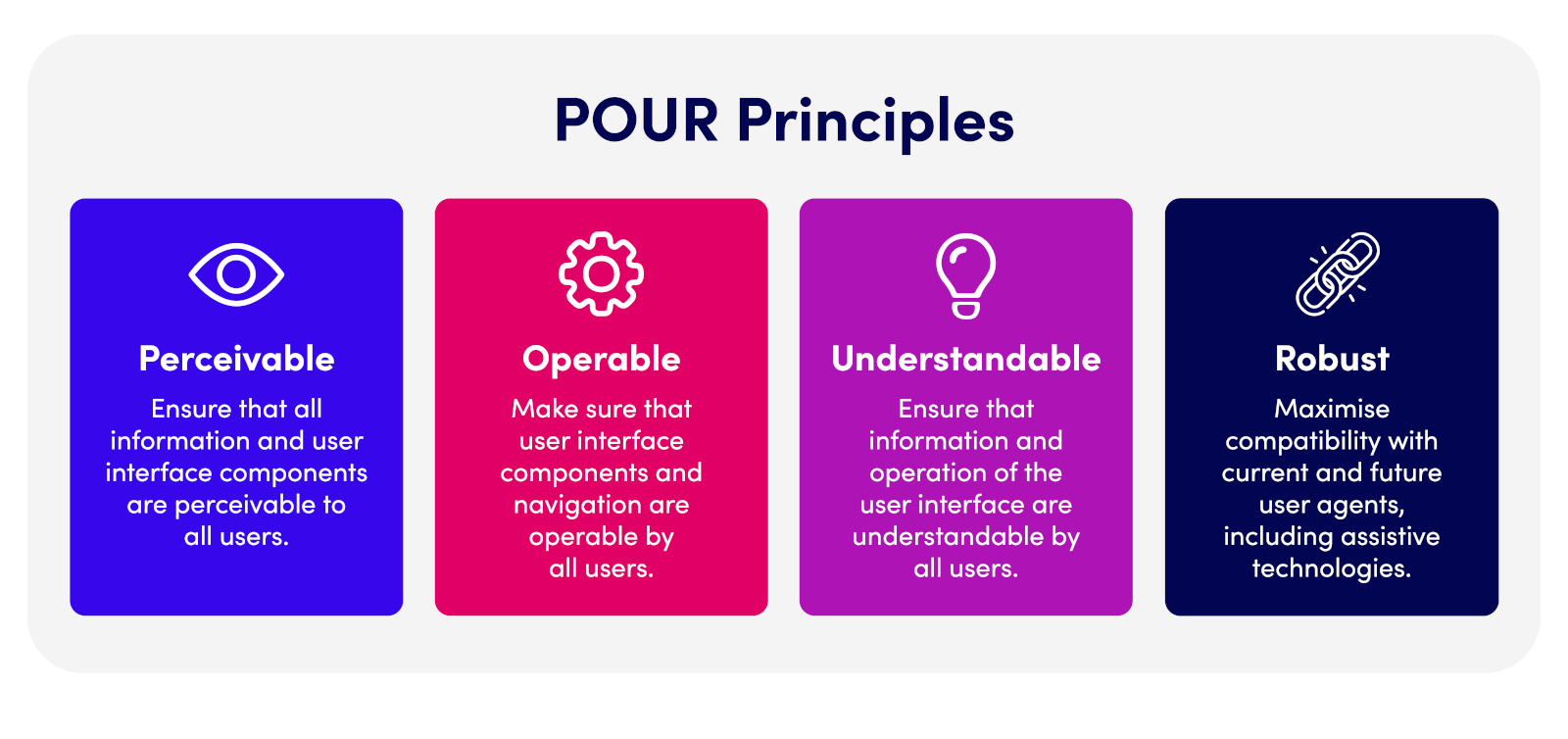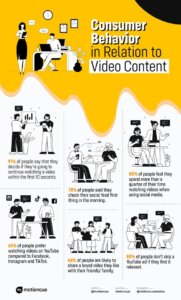Welcome to a curated collection of inspiring and insightful reads and podcasts to help you grow your audiences and drive engagement.
1. The Audience Architect Podcast
Why it’s useful: This podcast provides practical insights into how media brands and event organisers can build, engage, and monetise their audiences effectively. It explores strategies for increasing audience retention, leveraging data, and adapting to changing content consumption habits.
Key takeaways: Expert discussions on audience development, data-driven marketing, and sustainable engagement strategies.
2. How Can AI Help Build Audience Engagement and Loyalty – LSE Report
Why it’s useful: AI is transforming how publishers and event organisers understand and connect with their audiences. This report explores how AI-driven tools can enhance content personalisation, automate audience interactions, and improve loyalty metrics—critical for businesses looking to sustain engagement in a competitive digital landscape.
Key takeaways: AI can improve audience retention by offering personalised content recommendations, predicting user behaviour, and automating engagement processes.
3. The Power of Marketing Agility to Scale Virtual Events – Bright Innovation
Why it’s useful: The event industry is rapidly evolving, and virtual and hybrid events have become an essential part of audience engagement strategies. This resource explains how agile marketing methods help teams quickly adapt their event strategies, optimise performance in real-time, and drive higher engagement.
Key takeaways: Agile marketing enables continuous testing and iteration, improving virtual event outcomes through data-driven decision-making and audience responsiveness.
4. Minisode: Alyssa Peltier on Cutting Through Digital Noise with Event Marketing – Cvent
Why it’s useful: With the rise of digital events and online content saturation, it’s harder than ever to capture audience attention. This episode shares actionable strategies for event marketers to craft compelling campaigns, differentiate their events, and ensure their messaging stands out.
Key takeaways: Effective event marketing requires clear messaging, differentiated positioning, and strategic use of digital channels to maximise audience engagement.
5. The Global State Of B2B Events – Forrester
Why it’s useful: Understanding emerging trends in B2B events is crucial for staying competitive. This report highlights data-backed insights on how event formats, attendee expectations, and marketing strategies are shifting, helping businesses refine their event planning and investment decisions.
Key takeaways: Hybrid event strategies, personalisation, and ROI measurement are central to the future of B2B events, shaping how companies allocate budgets and resources.
6. Agile Marketing Training Drives 123% Revenue Increase for Informa Pharma Showcase Event – Bright
Why it’s useful: This case study demonstrates how agile marketing can drive significant business impact, making it particularly relevant for event marketers looking to improve efficiency, audience engagement, and commercial outcomes. It provides a real-world example of how agile methodologies can be applied to enhance marketing performance for large-scale events.
Key takeaways: Agile marketing helped the Informa Pharma team rapidly test and refine their event strategy, leading to a 123% year-on-year revenue increase. The approach focused on continuous learning, real-time adjustments, and cross-team collaboration.

